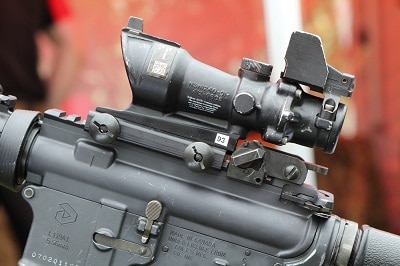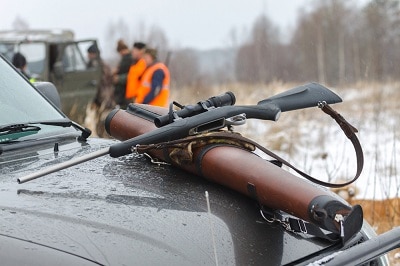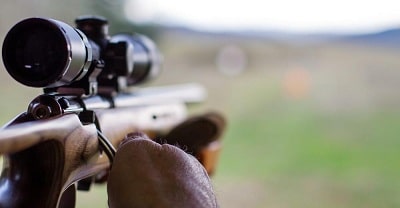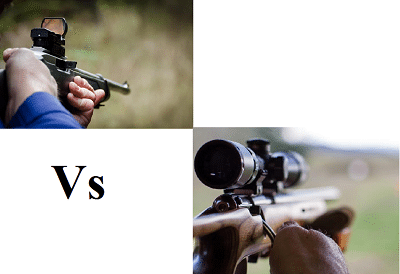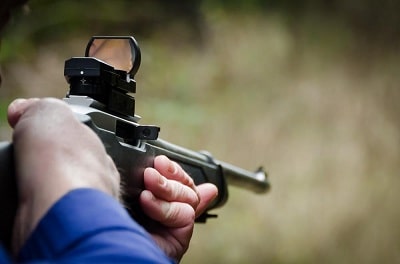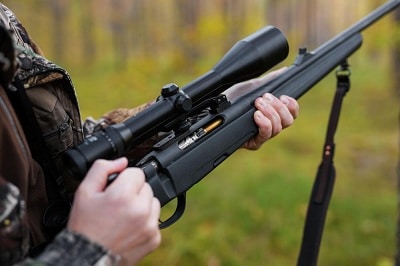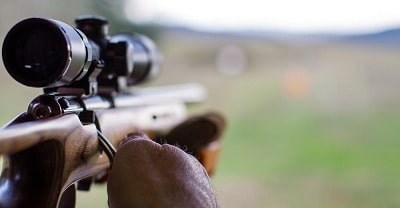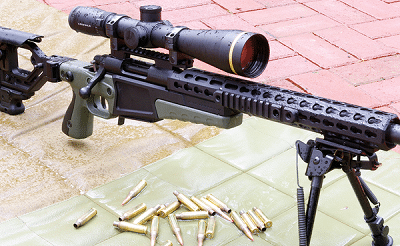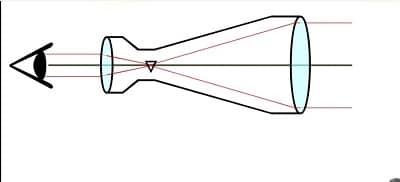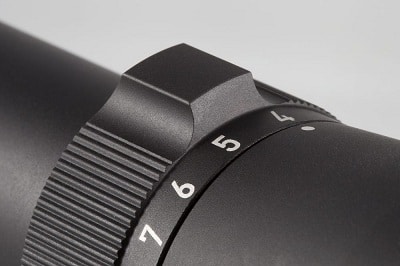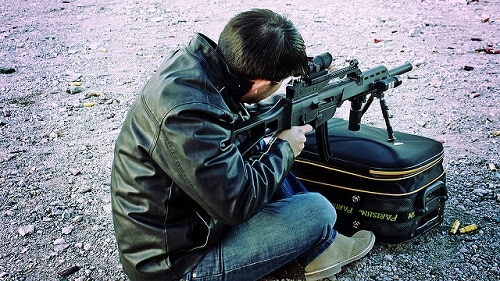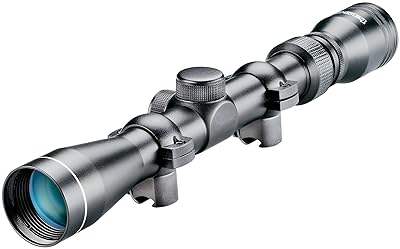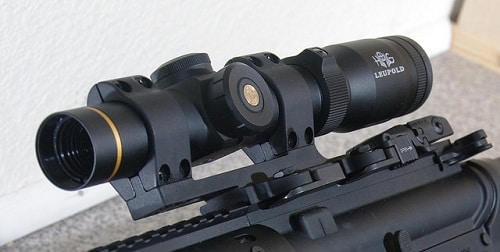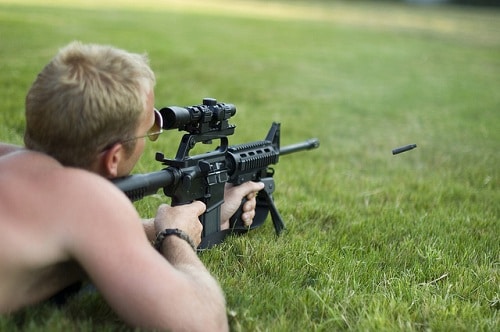So, you just came home with your brand new rifle scope and got it installed on your rifle. Now you’re wondering, how do I go about getting this scope zeroed?
Zeroing a rifle scope is a relatively easy task, but many people are unsure exactly how to do this. In this article, we will go over some basics and talk about how to actually zero your rifle to your weapon.

What does it mean to “zero” a rifle scope?
Zeroing a rifle scope refers to aligning the point of impact with the aiming point. It’s a process of adjusting your scope to ensure that the projectile will actually impact where your aim point is. A rifle scope is zeroed when the bullet actually hits where you put your crosshair or aiming reticle.
Before you can start zeroing your rifle scope, make sure you understand how to go about adjusting your scope. You may have to look in the owner’s manual for your rifle scope to figure it out. To adjust a rifle scope, it is pretty common to spin a knob or turn an Allen key.
How to zero your scope:
To start, you need to select the distance at which you are going to zero your rifle scope. This should be based on the distance that you are planning to shoot your rifle.
If you are zeroing a rifle that will be used for long distance shots, you are probably going to want to zero it at a greater distance. I would recommend starting the zeroing process of a brand new rifle scope at a much closer distance, such as 25 meters.
If you need to shoot at longer distance, once you’ve got a 25 meter zero, you can confirm your zero at 100 meters or longer. Check the best long range scope for ar15 to get easy for zero.
There are paper targets available that are meant specifically for zeroing. These targets have a grid system, which will tell you how much you need to adjust your scope by based on the distance you are shooting with. However, any paper target will work. A paper target without grids will just take longer and require a little bit more guesswork.
Once you’ve got the target set up at your prescribed distance, use the following steps to accurately zero the scope.
- Aim at the center of mass of the target, and shoot three rounds
- Place the weapon on safe, and go down to check where your shots hit
- Adjust the scope as necessary, using the owner’s manual. If your point of impact was to the right of the aiming point, adjust the scope to move the crosshairs or reticle accordingly
Continue to fire three round iterations and adjust your scope until your scope is zeroed. You will know that the scope is zeroed once you are accurately hitting what you are aiming at. Keep in mind, this may require multiple targets and quite a bit of time to perfect.
If your shot isn’t on paper at 25 meters, you have a couple options. You can either get a larger target or move the target in to a closer distance. This will allow you to start the process of getting your scope zeroed.
What next?
From there, you can confirm your zero at a greater distance. Minor mistakes will be more magnified over a greater distance, so it may require more adjustments when you shoot at a greater distance.
While most scopes are pretty durable, repeated rounds through the rifle will eventually move the scope slightly. It’s a good idea to reconfirm your zero every once in awhile before you go shoot or hunt.
Conclusion
As you can see, zeroing a rifle scope is a relatively easy process, but people who are new to firearms may be a little confused by exactly how to do it.
Zeroing your scope simply means ensuring that your bullet will hit exactly where your crosshairs or reticle are. It is easy to do, but it does take some time. It may also require getting into the owner’s manual of your scope to figure out exactly how to adjust it.

